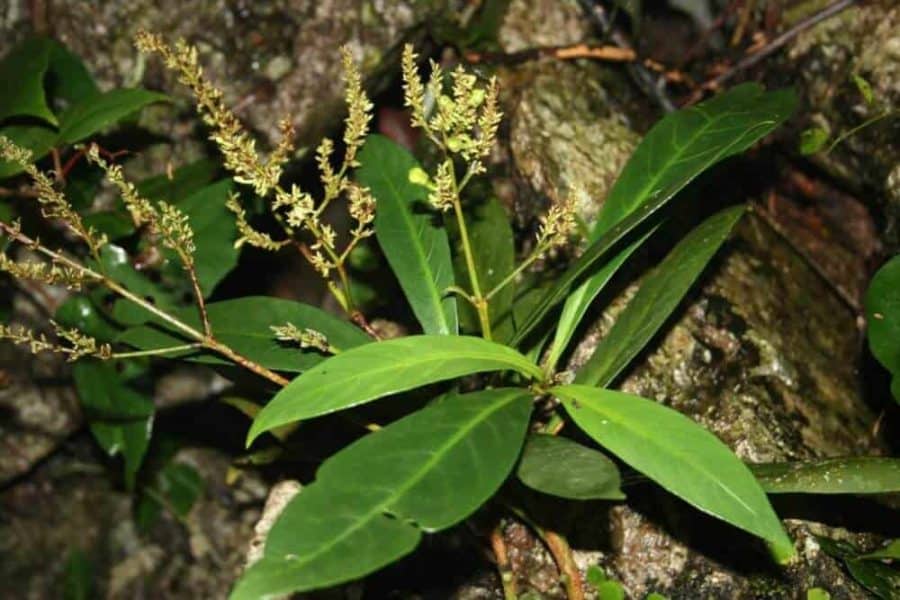A new study published in Annals of Botany shows that plants react to anesthetics similarly to the way animals and humans do, suggesting plants are ideal objects for testing anesthetics actions in future.
Anesthetics were first used in the 19th century when it was discovered that inhaling ether gas stopped patients feeling pain during surgery. Since then many different chemicals have been found to induce anesthesia. However, despite the fact that many anesthetics have been used over a 150-year period, little is known about how these different compounds with no structural similarities behave as anesthetic agents inducing loss of consciousness.
Remarkably, as found in the new study, anesthetics also work on plants. Researchers found that, when exposed to anesthetics, a number of plants lost both their autonomous and touch-induced movements. Venus flytraps no longer generate electrical signals and their traps remain open when trigger hairs were touched, and growing pea tendrils stopped their autonomous movements and were immobilized in a curled shape.
The results of this study suggest that the action of anesthetic at cellular and organ levels are similar in plants and animals. This study suggests that plants are emerging as model objects to study general questions related to anesthetics, as well as to serve as a suitable alternative test system for human anesthesia.

